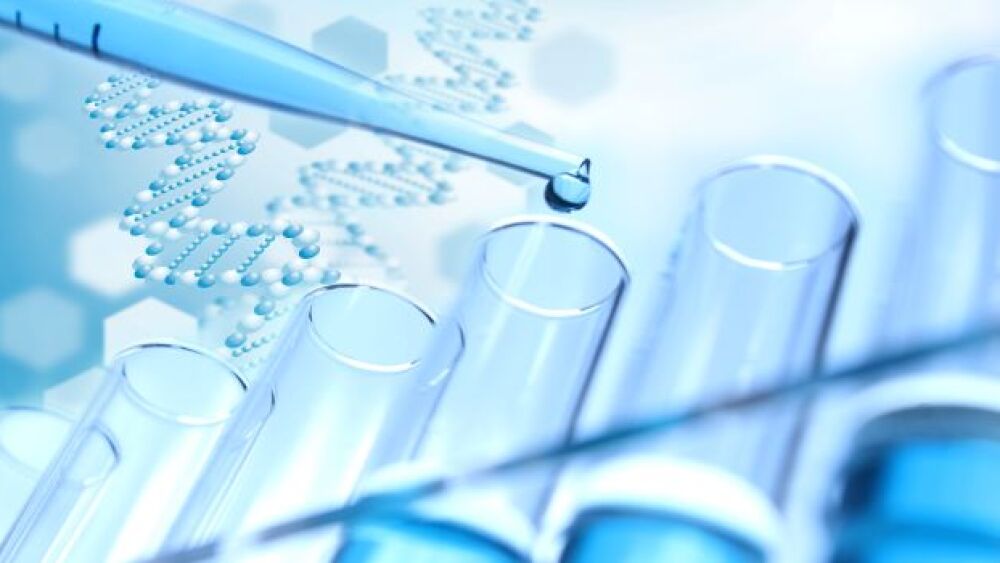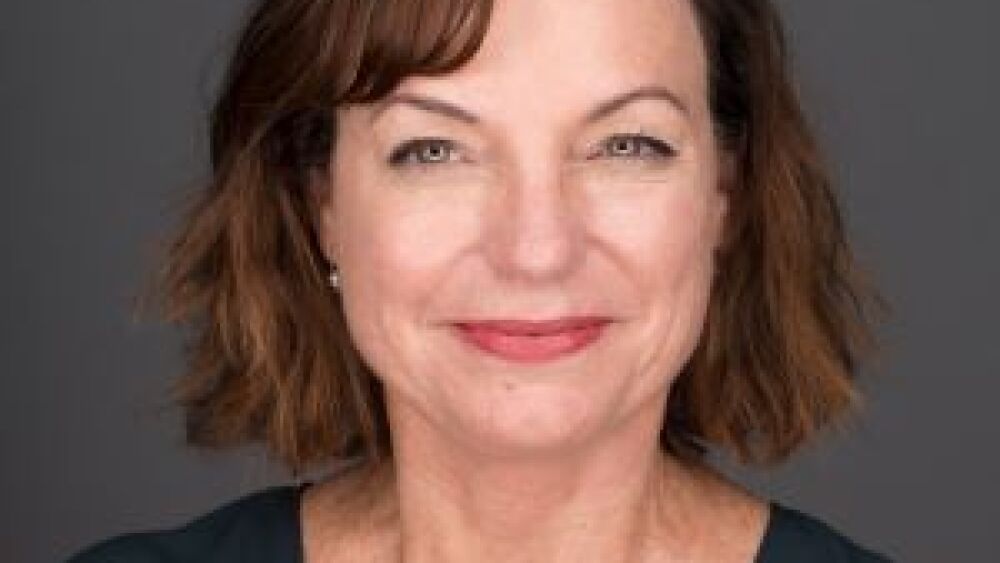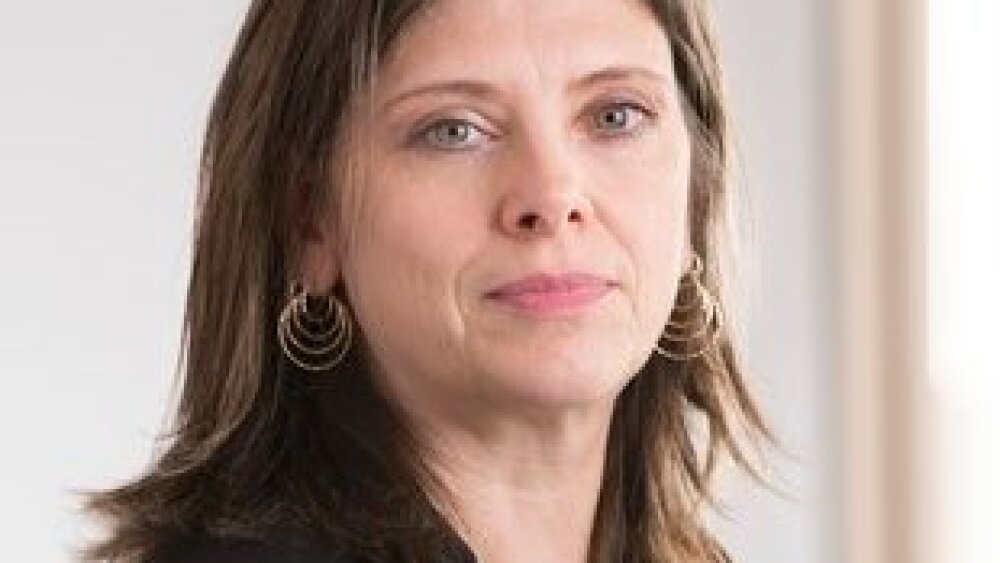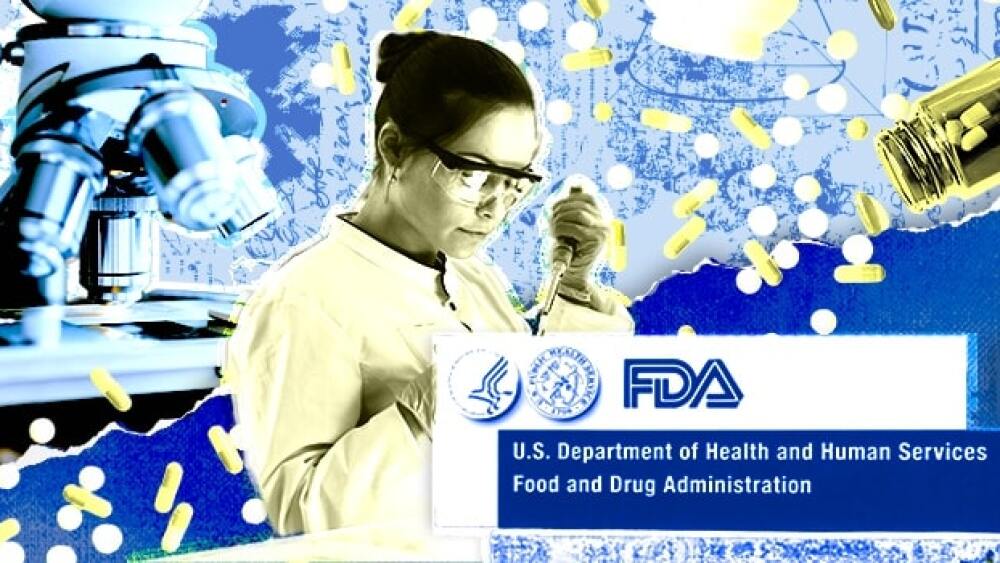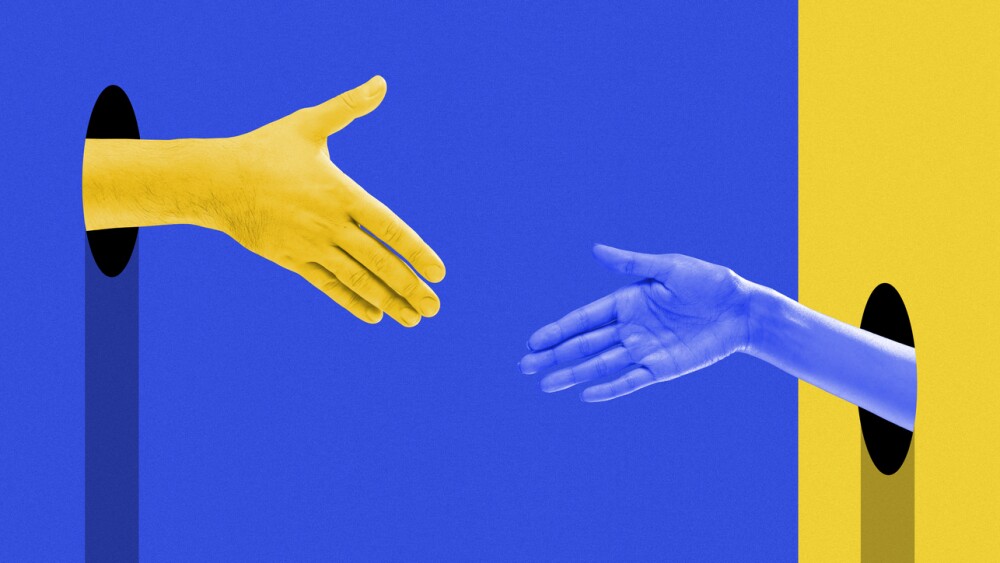With EVADER, the Chameleon team hopes to make one-and-done treatments a relic of the past.
“Here at Chameleon Biosciences, we’re science-driven and patient-focused,” imparted Genine Winslow, the gene therapy company’s founder, CEO and board president. “Instead of relying on an empty claim, we truly walk the walk. We’ve made it our mission to look at gene therapy from the family’s perspective.”
Since Chameleon was established in 2017, Winslow and her team have worked to develop a groundbreaking approach to gene therapy called EVADER™. Combining a gutted, engineered virus with molecules that suppress immune response, EVADER breaks the traditional one-dose limit of gene therapy, offering treatment to patients for whom gene therapy would be otherwise inaccessible.
Winslow has been involved in a long history of interesting innovations in the field, beginning her career at a gene therapy start-up 30 years ago. “I’m a bit of a science geek, and I find viruses pretty dang cool,” she shared in an interview with Biospace. “When you look at viruses as a biological organism, they’re amazing. Of course, with viruses like COVID, they can be scary, too. We can never underestimate how clever they are.”
As driven as she was by the science, Winslow never lost sight of the patients she was fighting for. “Patients play a central role in drug development. Our job is to try and eliminate the cause of genetic diseases. In the most severe cases, we are dealing with young children who don’t make it into adulthood.”
One day, when Winslow was giving a tour of her former lab to a fellow scientist, he shared a sentence that would change her life forever. His infant son had been diagnosed with X-linked myotubular myopathy, a rare genetic disorder that weakens muscles, causing impaired motor skills and severe breathing difficulties, resulting in many patients not surviving past early childhood.
“Scientists tend to be analytical and data reliant. There aren’t a lot of feelings involved; either you answered the question, or you didn’t,” Winslow noted. “To this day, I remember the exact words this scientist spoke. After he heard about his son’s diagnosis, he said ‘my world went black.’ For a scientist who approaches the world through the rules of nature to say ‘my world went black’ is incredibly powerful. I remember thinking about my own children in that moment. These are babies. I knew we had to do better,” she recounted.
Sadly, the young child has since passed away, but Winslow has made it her life’s work to pave the way for others, improving the efficacy of gene therapy with the goal of saving society’s most vulnerable.
“Gene therapy works amazingly well in a very limited way. We can treat the cause of genetic diseases by providing a correct version of the gene. We use gutted viruses as a taxi so that the correct version of a gene can enter the cell and edit it to correct a disease. We replace the guts with the corrective gene. Because it’s a Frankenstein virus, it can’t make more virus particles. Due to the limitations of this first generation of technology, however, there are patients who can’t be treated.”
The current constraints mean that patients can only be given a single dose. “Gene therapy uses a virus to act as a shuttle for DNA,” outlined Monica Miller, SVP and director of program development and operations at Chameleon. “We’re using environmental viruses that are everywhere. Once you’re exposed, your body mounts an immune response, which means that we cannot treat people who have been exposed already.”
This traditional single-dose reality of gene therapy can be detrimental for many. “One dose has to last a patient for a lifetime, enough to reverse the disease. There’s only one chance to get it right. Because of this, many doctors want their patients who are involved in clinical trials to receive the highest dose. High doses can cause a severe immune response, though, thus aren’t always ideal for children. Some kids have been able to get a small amount of disease correction, but it’s typically not enough,” Winslow added.
With EVADER, the Chameleon team hopes to make one-and-done treatments a relic of the past. “Our virus is being cloaked in an extra layer that physically shields it from antibodies,” she explained. “We leveraged two molecules from immuno-oncology, CTLA-4 and PD-1, that are typically blocked to increase immune response. We wanted to be sure we’re hitting the immune response with a hammer. We’ve engineered these molecules into our drug as potent immune suppressors, which allows us to effectively repeat a dose.”
This ability to sneak past a patient’s immune system allows the EVADER to be offered to patients multiple times. In addition to this, the technology utilizes a lower dosage that is less likely to cause a severe immune response and therefore is expected to be safer for children. This also means that adults who have had prior exposure to AAV could be successfully treated. Chameleon says that the therapy shows resistance to neutralizing antibodies, allowing the products made with the platform to potentially treat such patients.
With multiple women on the executive board, Chameleon serves as a leader by example in the life sciences industry. To other women in STEM, Winslow advises “do what you love. If it’s what you love, don’t give up. There’s a glass ceiling for women in upper executive roles. Get on leadership teams and get onto boards. No one can do it on their own. Developing drugs is hard, and it’s important to take a team approach. More smart people all ‘round the table is better than one smart person. Keep going. Don’t give up!”
Miller recommended that women in STEM can “continue to push hard to make the cultural changes we need.” She described a frustrating situation that occurred during one of her first jobs after grad school as an example. “An executive told me that you can’t be a good scientist unless you’re in a lab for 12 hours per day. That’s just not true. Push back against those cultural norms. If you’re interested in something, you can find a way to make it your life,” she said.
Winslow imparted, “The combination of doing something that I thoroughly enjoy while being able to contribute something to society is an ideal situation in a lot of ways.”

